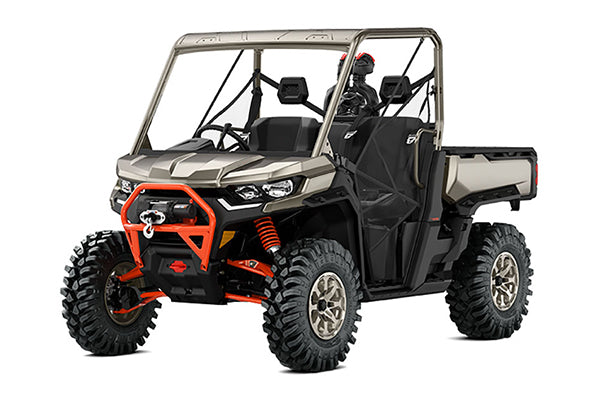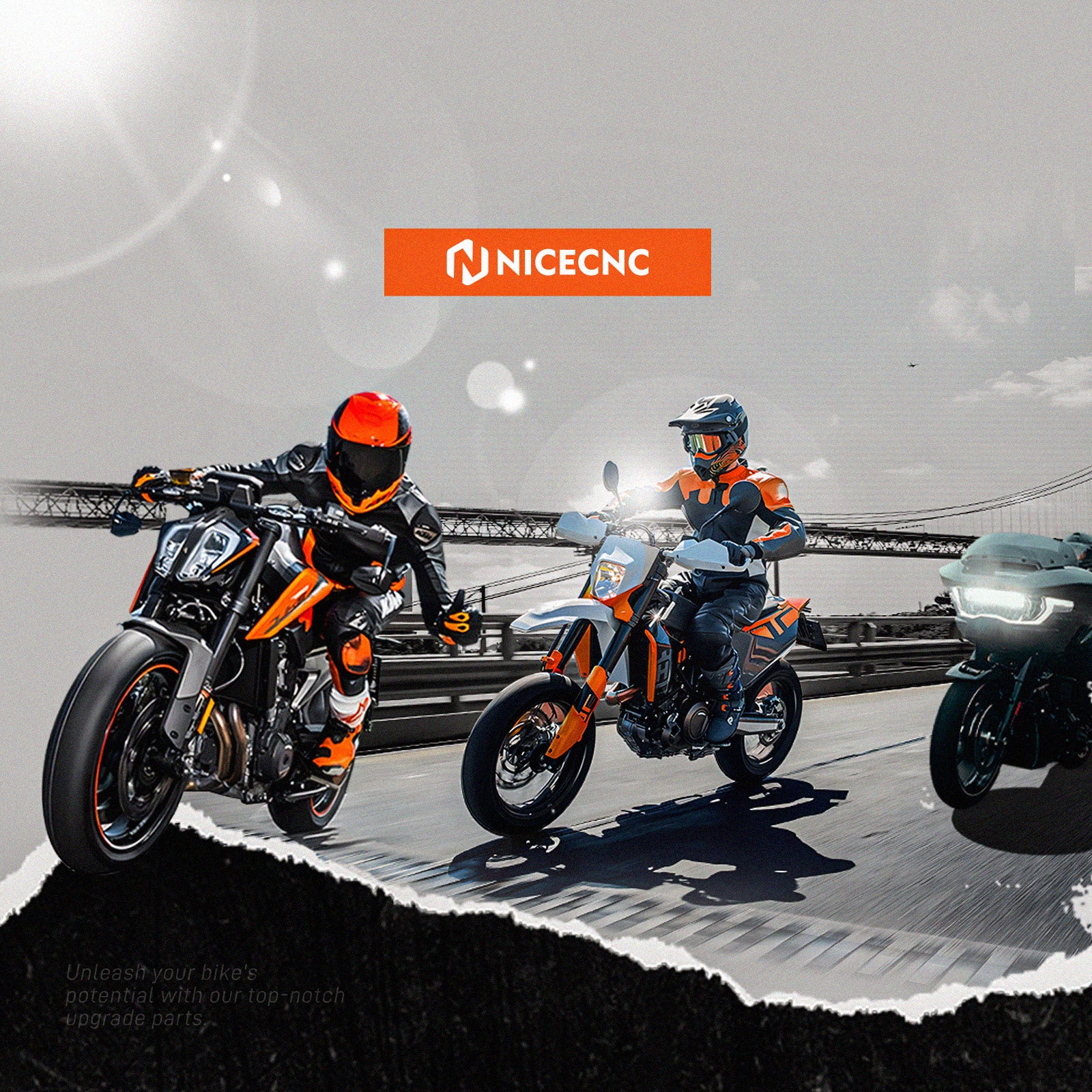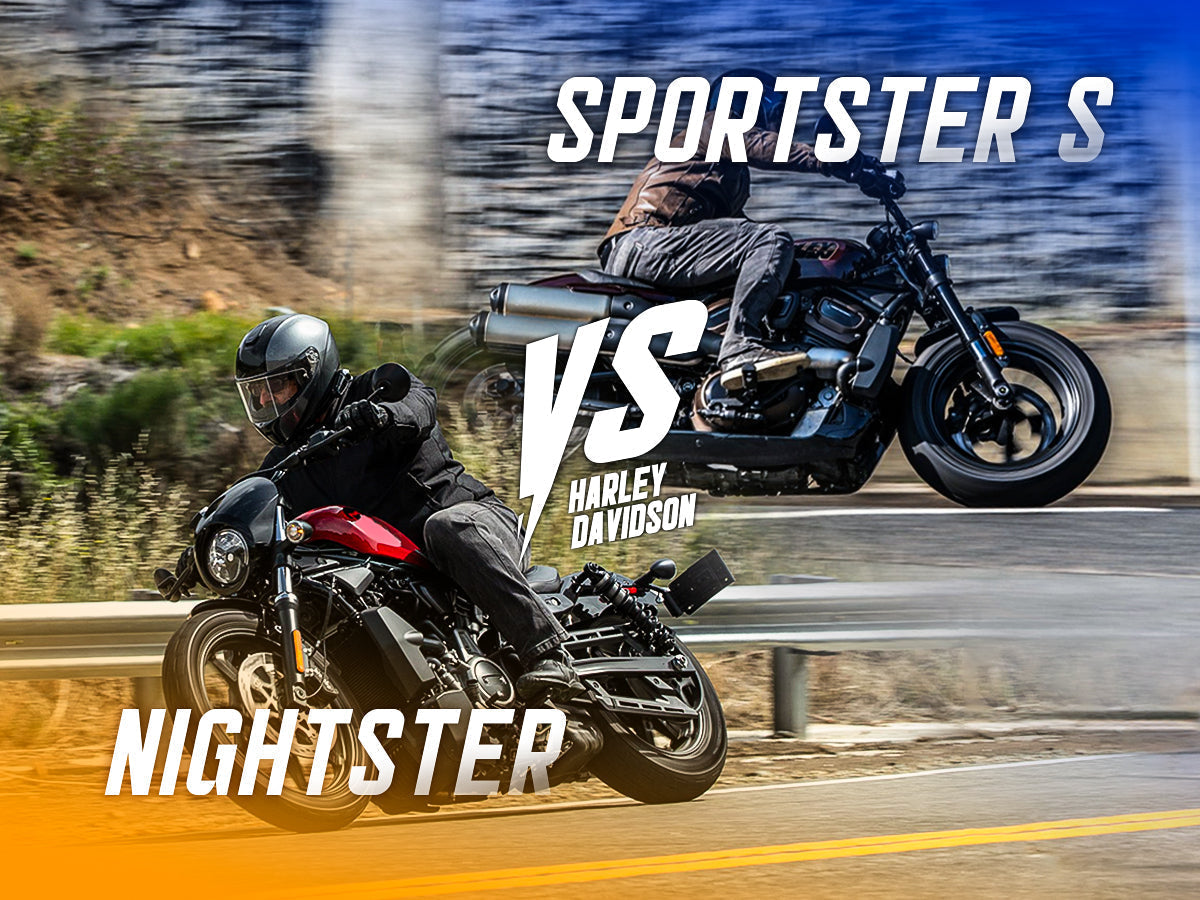The adventure-touring segment has two standout contenders: the BMW R1250 GS, celebrated for its boxer-twin smoothness and rider aids, and the KTM 1290 Super Adventure, famed for its V-twin punch and race-inspired chassis. Both machines promise epic road-and-dirt exploits, but their character and performance differ significantly.
Performance Comparison
Below is a side-by-side look at the core specs that define each bike’s performance and usability:
BMW R1250 GS vs KTM 1290 Super Adventure
-
Power Delivery: The KTM’s V-twin delivers a more aggressive surge in the mid-to-high rev range, ideal for riders who love a spirited, race-bike feel. In contrast, the BMW’s boxer twin offers smooth power across the rev range, with seamless transitions courtesy of ShiftCam variable valve timing and a broad torque curve.
-
Weight and Handling: Out of the box, the KTM is lighter off-road (dry weight) and features race-derived WP suspension, giving it a more agile, front-end-biased feel. The BMW’s weight becomes nearly invisible once moving, thanks to its Telelever design and electronically adjustable suspension that soaks up imperfections on open highways and twisty B-roads.
-
Technology and Comfort: BMW leads in tech integration—keyless start, on-board navigation, dynamic ESA, and a comprehensive suite of rider aids. KTM packs high-end electronics (cornering ABS, traction/stability control modes, Quickshifter+) but retains manual suspension setup (on the R model) and a minimalist ergonomics philosophy.
-
Fuel Range: The KTM’s larger 23 L tank and efficient cruise gearing in sixth gear extend range for long hauls, while the BMW’s quick-fill 20 L tank and fuel-efficient boxer powerplant still deliver respectable touring range.
Riders’ Tales from the Road
“Once on the R1250 GS, I took it on a 654 km solo trip through Kodaikanal. The wide handlebars and lean-angle data from BMW Connected made mountain curves effortless. On highway crawls, the GS glided over imperfections, and Road and Rain modes gave confidence in wet conditions.”
“In Yorkshire Dales two-up touring on the KTM 1290 Super Adventure R, my pillion reported discomfort until we fitted an ergonomic seat, but from the rider’s perch, even carrying luggage, handling and acceleration remained crisp. Manual suspension required fine-tuning, but offered precise control once dialed in.”
Conclusion
Choosing between the BMW R1250 GS and KTM 1290 Super Adventure comes down to riding style and adventure goals. For relaxed, tech-rich touring with supreme comfort on pavement and mild trails, the BMW R1250 GS is hard to beat. For riders chasing high-rev power, lighter off-road agility, and a race-bred edge, the KTM 1290 Super Adventure answers the call.
For riders seeking smooth, user-friendly touring with cutting-edge technology, the BMW R1250 GS excels in comfort and versatility. For those craving raw power and an aggressive off-road edge, the KTM 1290 Super Adventure delivers unmatched punch and race-bred handling.





